I thought it might be a good idea to get a thread going specificly for guerrilla irrigation. Feel free to share experiences, ideas, etc. Lets have a good resource for newer and older growers.
Some of us are simply worried about summer droughts, and some of us depend entirely on water supplied artificially.
Here I'll start out with the basic outline for a basic gravity fed, resivour based system-
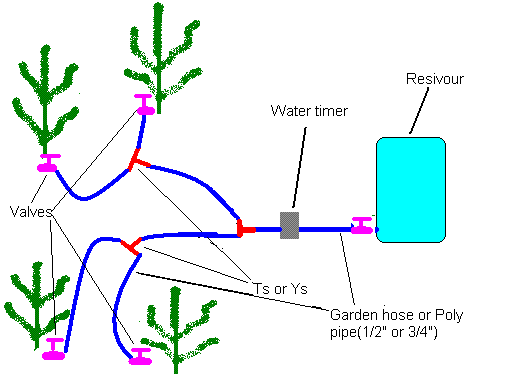
This crude paint picture shows the main components:
#1. Resivour: This could be a barrel, a garbage can, a rough tote, a water bed matress, or a water bladder.
#2. Hose or pipe: This could be Garden hoses, Poly pipe(the two best), PVC, Vinyl, etc.
#3. Water timer: Many brands exist, look near the garden hoses in your favorite Home center/dept. store/gardening store.
#4. Line spitters, Ts and Ys: Use these to split your lines off to multiple plants. If you are using garden hose, you'll use Ys or other multi spliters found near the garden hose dept.
If you are using a type of pipe, like poly, you will use Ts made for the specific type of pipe you are using.
#5. Valves: In a gravity fed system, it is important to make sure flow is even at each plant, a appropriate valve at the end of each plants line will give you control over the flow getting to each plant, allowing you to turn down or turn up the waterflow for each plant, until each recieves a roughly equal flow.
If you plan to leave the system to work on its own for weeks at a time, being able to know exactly how much water will be used will allow you to arrive to refill the rez before it runs out.
Also, I like the idea of using valves rather than emitters for controlling flow, emitters have a tendency to become plugged, especially when used with "wild water" collected in the bush. Valves are more ajustable, and are easily cleared if you find one plugging up.
System therory
Basicly, when the timers programming tells it to open the valve, water flows down from the rez to the rest of the system. As the sytem fills, water starts flowing from the valves at each plant. By ajusting the time the timer leaves the valve open, and by ajusting the valves at each plant, each plant will get its alloted ration of water.
Its best for the rez to be placed "uphill" from the plot, most water timers require at least a small amount of water pressure. My Gilmour timers require that the resivour is at least 2 feet higher than the timer to operate correctly, I have seen systems built online that had almost zero pressure, but I am not sure what brand of timer they used. At any rate, it is good for the rez to be as high above the grow as possible, but a huge difference in elevation is not a absolute requirement.
Some of us are simply worried about summer droughts, and some of us depend entirely on water supplied artificially.
Here I'll start out with the basic outline for a basic gravity fed, resivour based system-
This crude paint picture shows the main components:
#1. Resivour: This could be a barrel, a garbage can, a rough tote, a water bed matress, or a water bladder.
#2. Hose or pipe: This could be Garden hoses, Poly pipe(the two best), PVC, Vinyl, etc.
#3. Water timer: Many brands exist, look near the garden hoses in your favorite Home center/dept. store/gardening store.
#4. Line spitters, Ts and Ys: Use these to split your lines off to multiple plants. If you are using garden hose, you'll use Ys or other multi spliters found near the garden hose dept.
If you are using a type of pipe, like poly, you will use Ts made for the specific type of pipe you are using.
#5. Valves: In a gravity fed system, it is important to make sure flow is even at each plant, a appropriate valve at the end of each plants line will give you control over the flow getting to each plant, allowing you to turn down or turn up the waterflow for each plant, until each recieves a roughly equal flow.
If you plan to leave the system to work on its own for weeks at a time, being able to know exactly how much water will be used will allow you to arrive to refill the rez before it runs out.
Also, I like the idea of using valves rather than emitters for controlling flow, emitters have a tendency to become plugged, especially when used with "wild water" collected in the bush. Valves are more ajustable, and are easily cleared if you find one plugging up.
System therory
Basicly, when the timers programming tells it to open the valve, water flows down from the rez to the rest of the system. As the sytem fills, water starts flowing from the valves at each plant. By ajusting the time the timer leaves the valve open, and by ajusting the valves at each plant, each plant will get its alloted ration of water.
Its best for the rez to be placed "uphill" from the plot, most water timers require at least a small amount of water pressure. My Gilmour timers require that the resivour is at least 2 feet higher than the timer to operate correctly, I have seen systems built online that had almost zero pressure, but I am not sure what brand of timer they used. At any rate, it is good for the rez to be as high above the grow as possible, but a huge difference in elevation is not a absolute requirement.

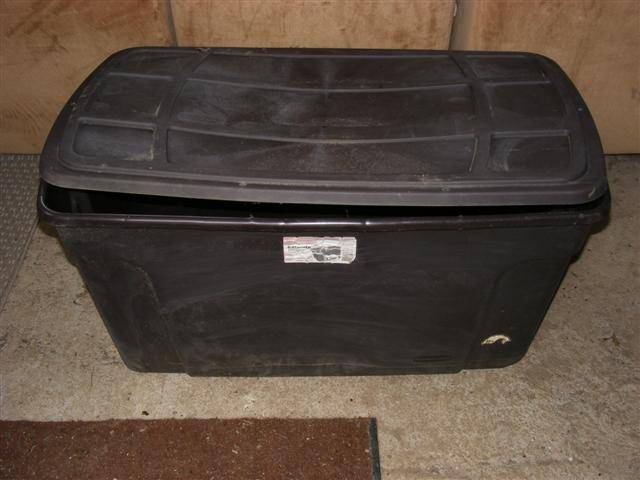
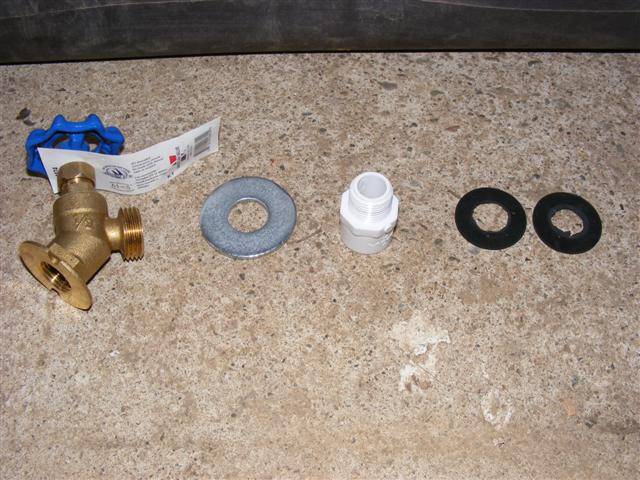
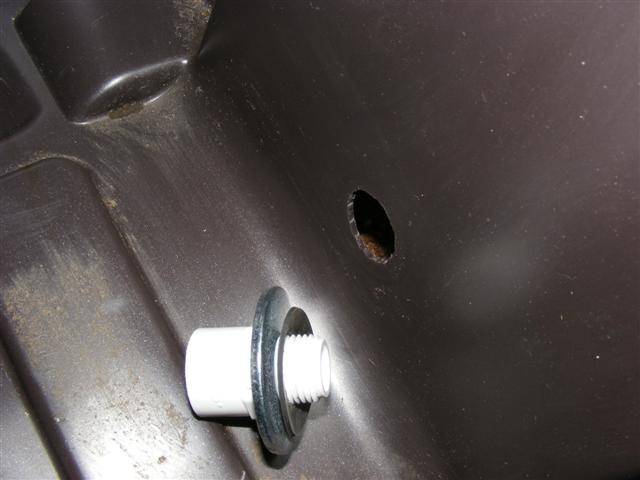
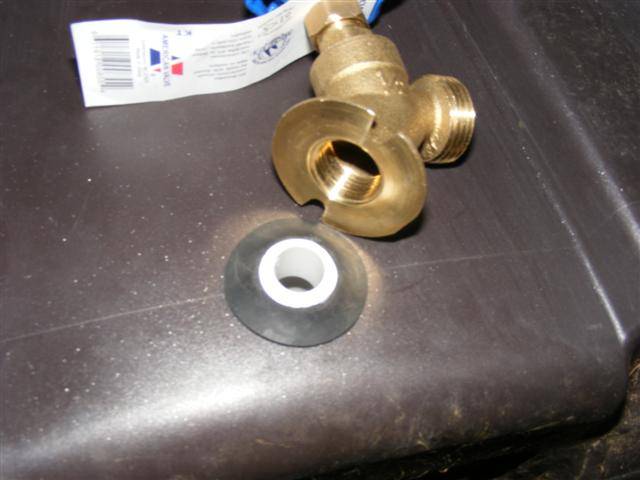
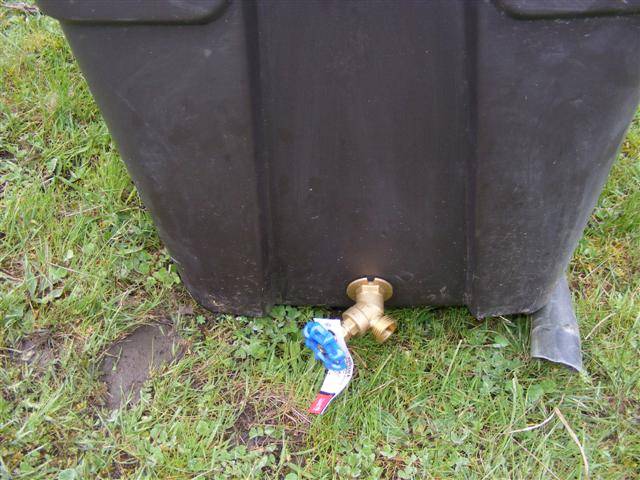
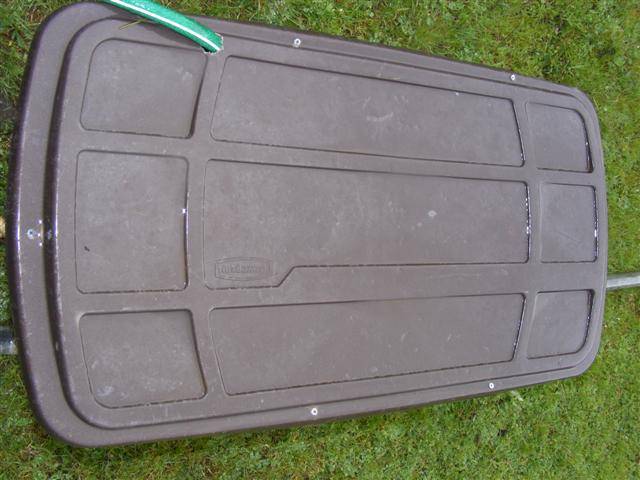
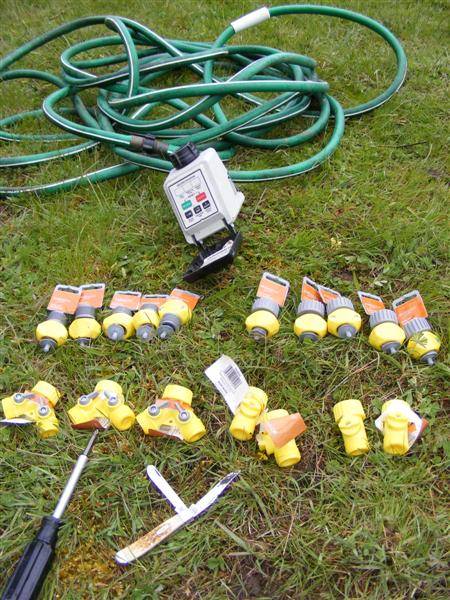
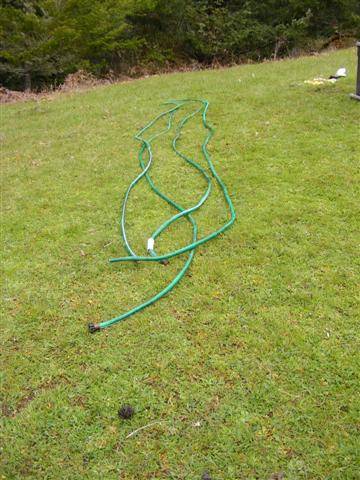
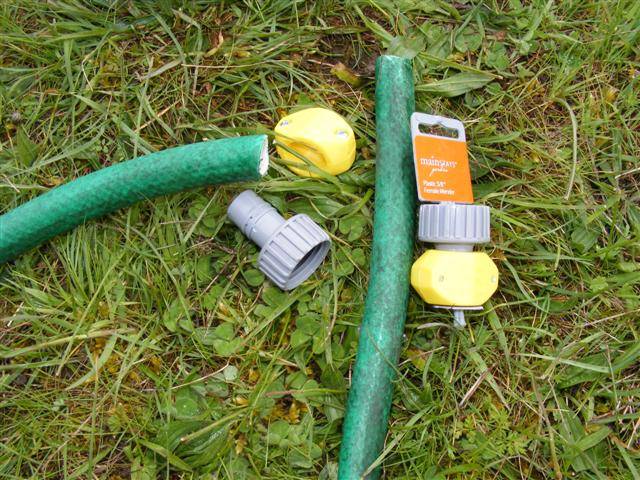
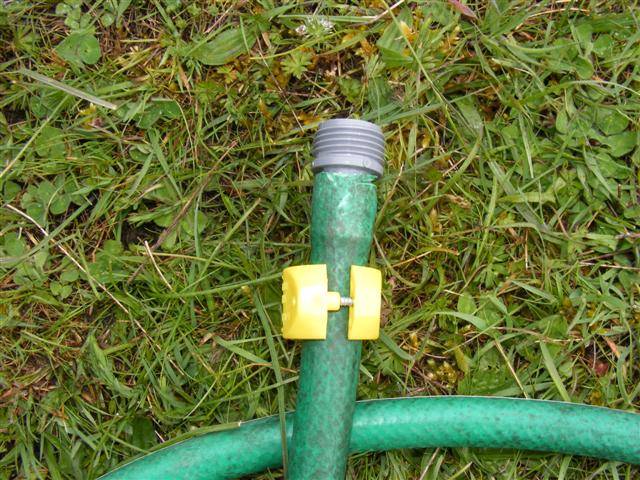
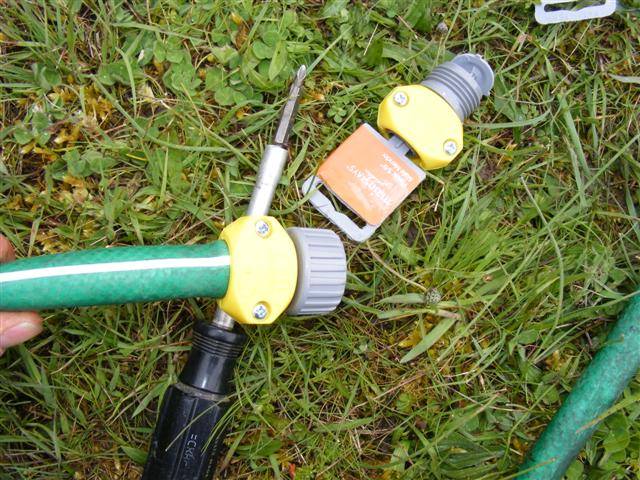
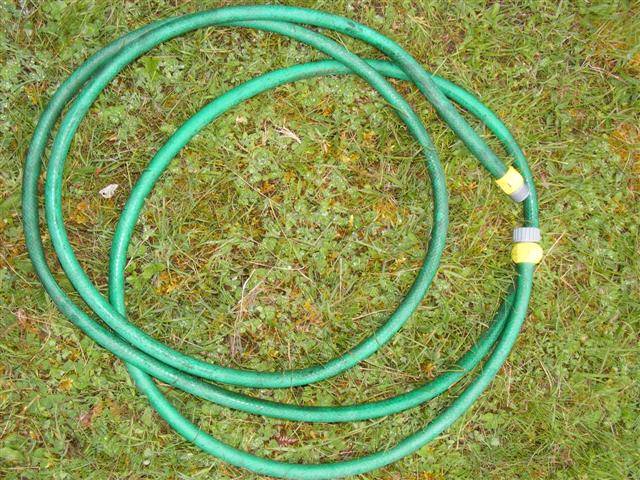
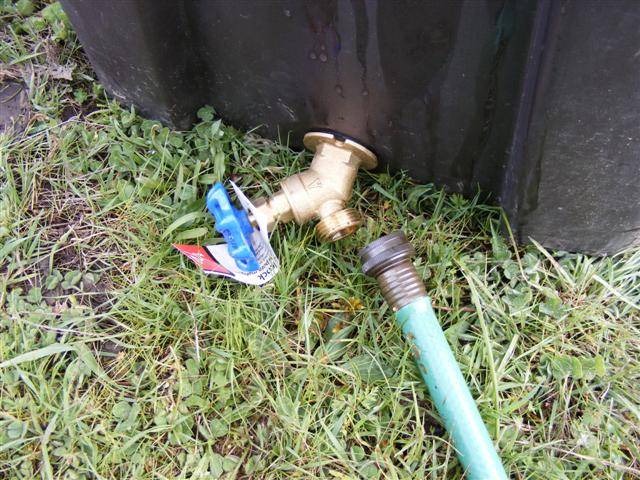
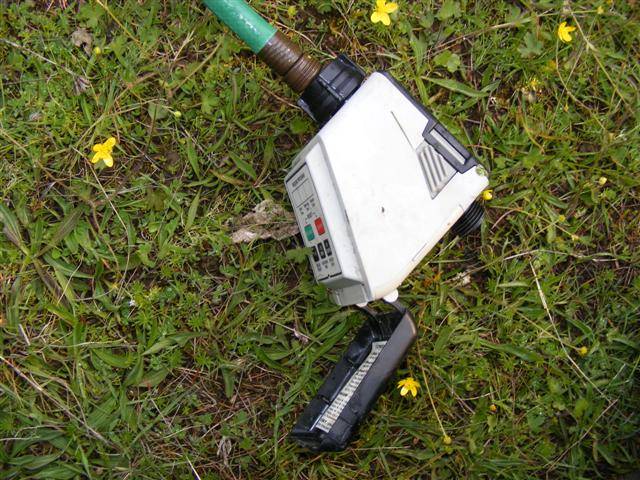
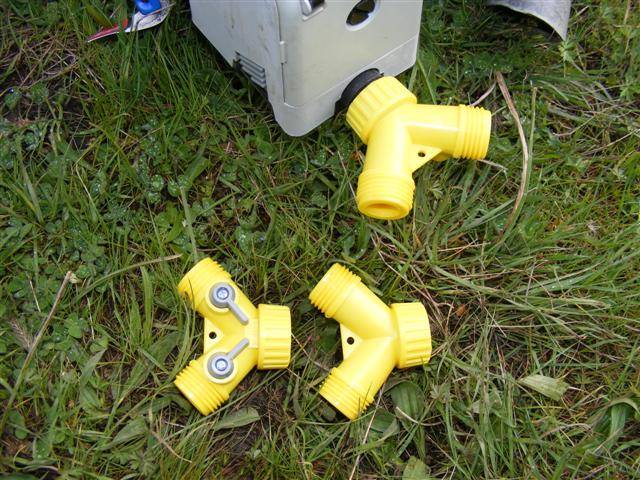
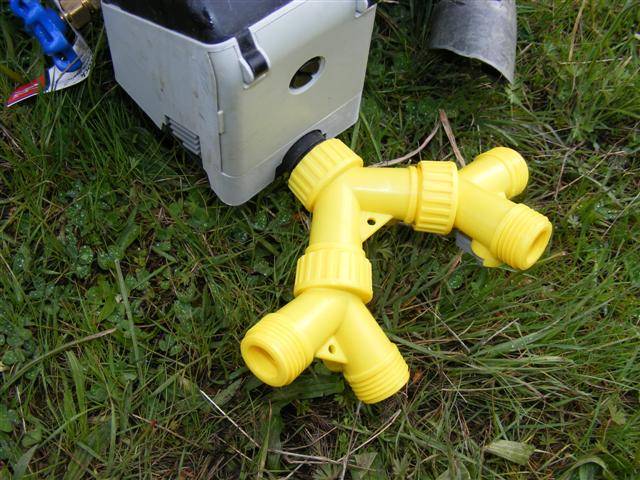
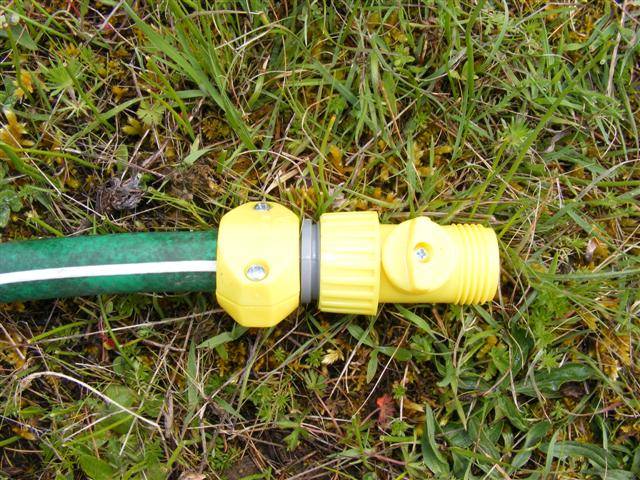
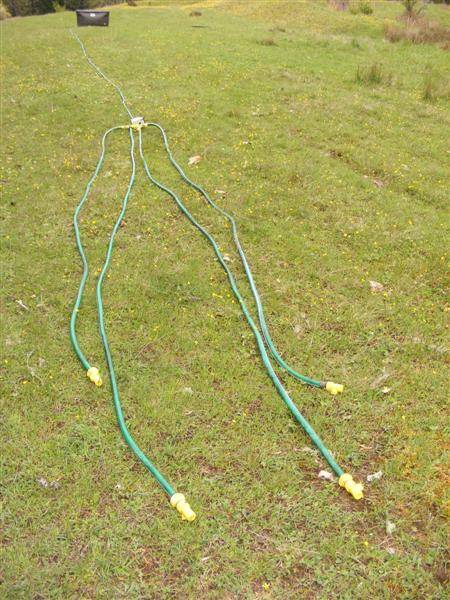
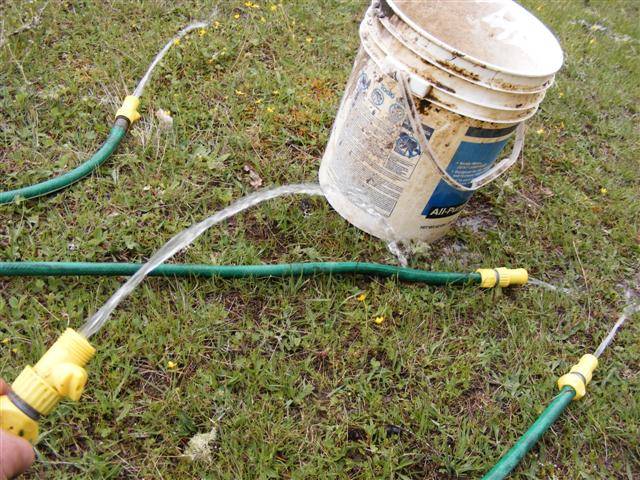
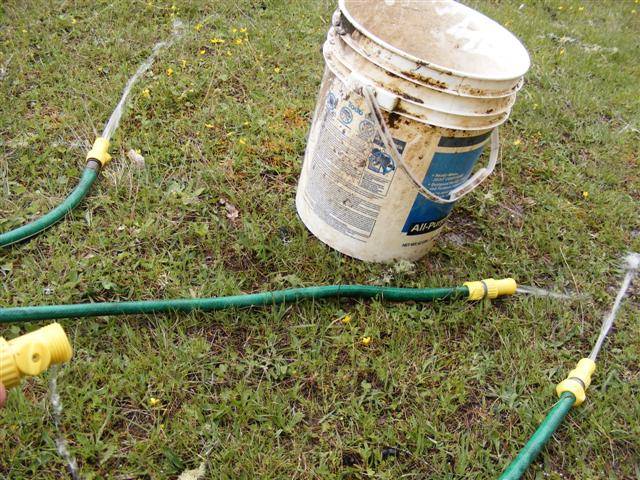
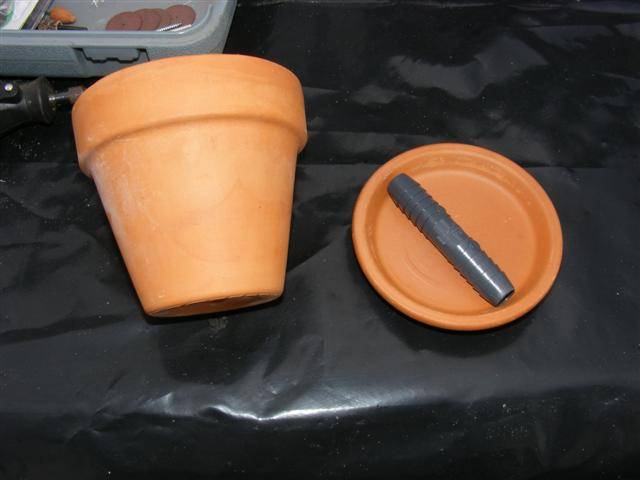
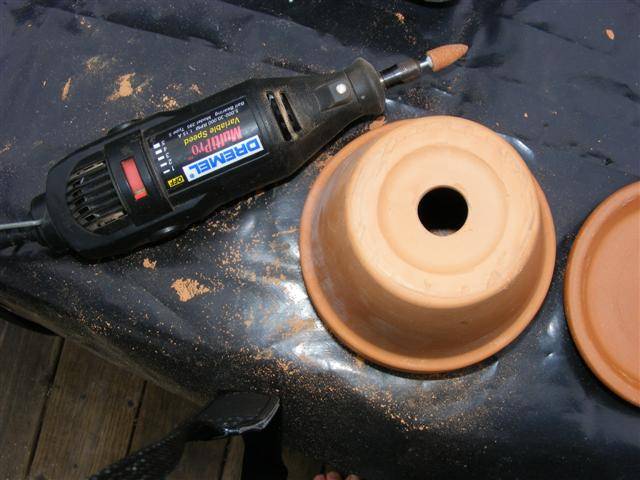
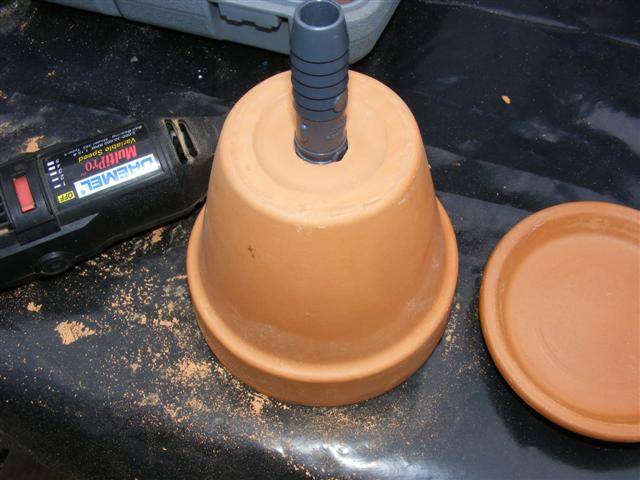
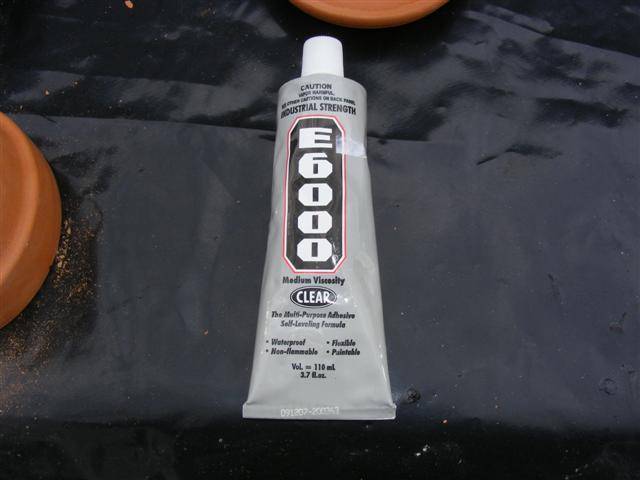
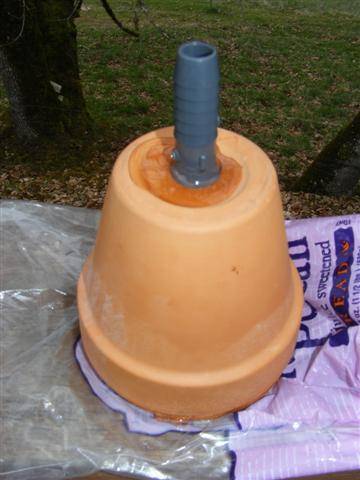

 Well, thanks for any info.
Well, thanks for any info. 


